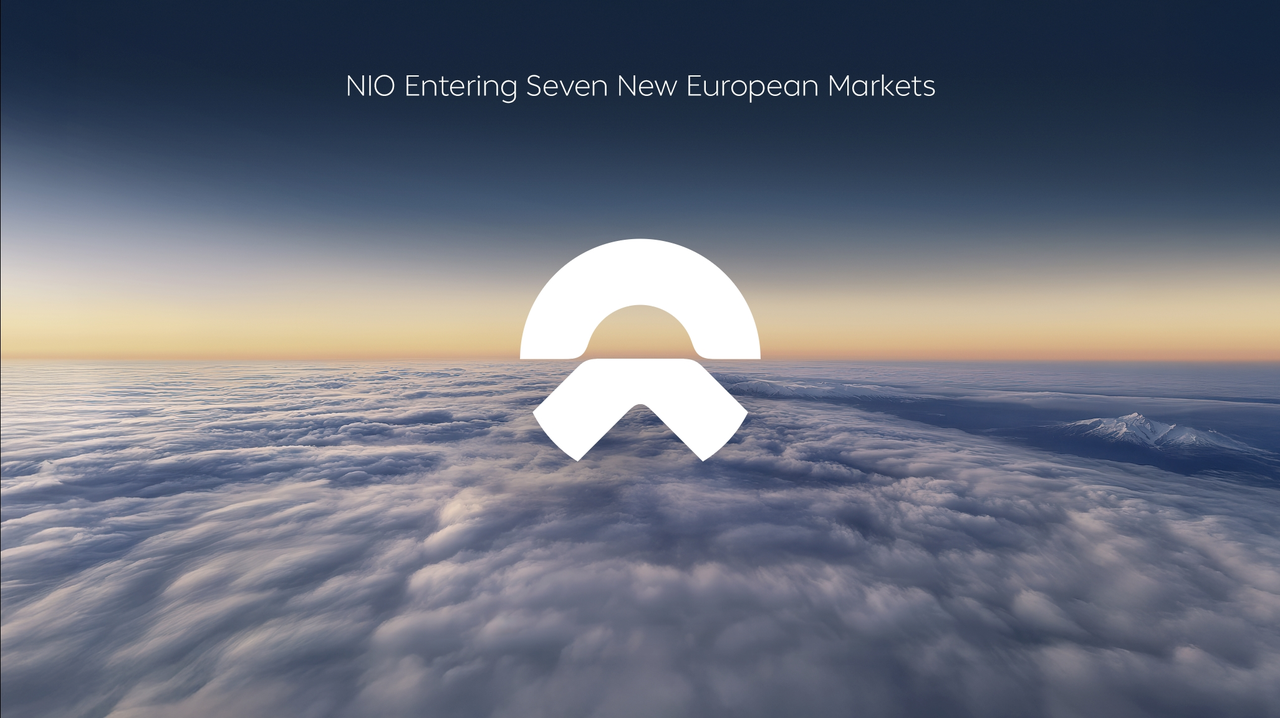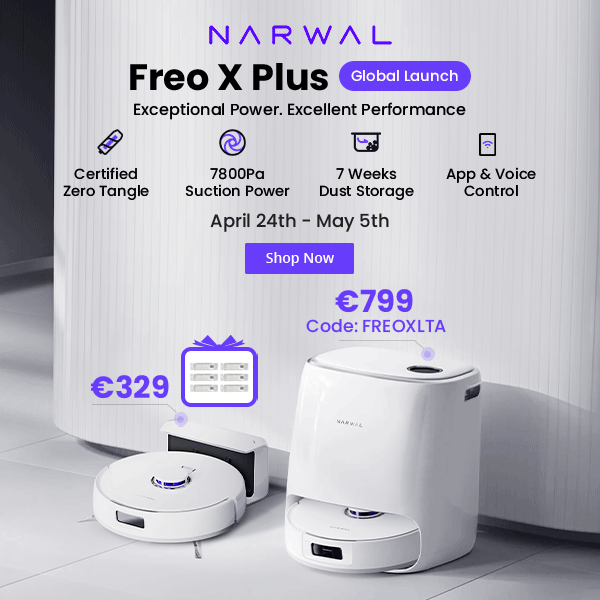The new PEUGEOT e-208 will arrive on the market in 2023 with more power, range and efficiency.
Let’s see the press release.
NEW e-208 100% ELECTRIC: MORE FUN, MORE EFFICIENT, AND UP TO 400 KM OF RANGE WITH A NEW ELECTRIC ENGINE
• EXCELLENCE: The new electric technology of the e-308 is arriving with the e-208! • EXCELLENCE: Ultra-efficient, average consumption of 12 kWh/100 km • EMOTION: 15% more power and 10.5% more 100% electric range • ALLURE: Electric champion in France and Europe
BYD introduced the new eBus Blade Platform at the IAA Transportation 2022.
A focal attraction of the stand is the official European reveal of BYD’s new and highly adaptable eBus Blade Platform, incorporating the ultra-safe, and highly durable Blade Battery that is revolutionising battery electric transportation.
The rigorously tested Blade Battery passes the punishing demands of the Nail Penetration Test, regarded as the ultimate battery safety test. The Blade’s Battery distinctive CTP (cell to pack) technology significantly improves rigidity compared to traditional structures, giving it superior strength. The space-saving design of the Blade Battery, representing a 50% reduction, is inherent to eBus Blade Platform development, enabling increased battery capacity for a longer driving range, while also reducing chassis weight.
Already launched in the UK, the ORA Funky Cat gets five-star Euro NCAP rating.
With a starting price of 31.995 GBP (36.869 euros) in the UK, it gets a 48 kWh battery and a WLTP range of 310 km. Curiously in China, there’s a long range version with a 63 kWh battery.
ORA Good Cat standard range specs in China
Length: 4.235 mm Width: 1.825 mm Height: 1.596 mm Curb weight: 1.555 kg (empty vehicle) Gross weight: 1.930 kg (vehicle more passengers and cargo) Maximum speed: 150 km/h Motor: 105 kW and 210 N.m of torque Consumption: 13,8 kWh/100 km in NEDC Range: 401 km in NEDC and around 300 km in WLTP Battery capacity: 49,92 kWh (usable) and 51,35 kWh (total) Battery weight: 394 kg Battery energy density: 130,33 Wh/kg Battery cell maker: Guoxuan Battery cell chemistry: LFP (LiFePO4) On-board charger: 6,6 kW Fast charging: 30-80 % in 30 minutes TMS: liquid-cooling Drag coefficient: 0,289 Cd MIIT code: CC7000BJ01GBEV ORA Good Cat long range specs in China
The MG Mulan (MG4 Electric) is the new best value electric car - to be sold not only in its home country China, but also in Europe, New Zealand, Australia, Mexico, South America and the Middle East.
Let’s see some details.
Standard range version Length: 4.287 mm Wheelbase: 2.705 mm Width: 1.836 mm Height: 1.516 mm Gross vehicle weight: 2.062 kg Curb weight: 1.641 kg Wheels: 17 inch alloy Motor: 125 kW and 250 Nm Top speed: 160 km/h Acceleration: 0 to 100 km/h in 7,7 seconds Battery capacity: 51 kWh total and 50,8 kWh usable Battery energy density: 140 Wh/kg Battery chemistry: LFP (LiFePO4) Range: 425 km in CLTC and 350 km in WLTP Consumption: 17 kWh/100 km Fast charging: 39 minutes from 10 to 80 % and peaks at 117 kW MIIT code: CSA7002XBEV1 In the UK the starting price of this version is 25.995 GBP (30.259 euros).
Teslamag was able to confirm that Tesla will produce the Model Y in Germany with a structural and module-less LFP (LiFePO4) battery from BYD. This is great news!
The battery is estimated to have a capacity of 55 kWh and provide a 440 km range in WLTP. Compared to the version with the 60 kWh battery from CATL that provides a 455 km range, the Model Y with BYD battery will weigh 66 kg less (2.087 instead of 2.153 kg) and the energy consumption will improve to 15,5 kWh/100 km.
BYD will go the 2022 Paris Motor Show to announce that the EV revolution is coming to Europe.
BYD, the world’s leading manufacturer of new energy vehicles (NEVs) and power batteries, will attend the Paris Motor Show 2022 to showcase its latest passenger car product range and technologies to the European automotive audience. It follows BYD’s recent announcement to enter Europe with its technologically advanced range of new energy passenger vehicles, starting with delivery in Q4 2022, and its ongoing commitment to this emerging European market.
The BYD Atto 3 (Yuan Plus) will be the first model to arrive in Japan, followed by the Dolphin and the Seal.
Tokyo, Japan – On July 21, BYD JAPAN Inc., a branch of BYD Company Limited in Japan, held a brand conference in Tokyo, marking BYD’s official entry into the passenger vehicle market in Japan. Three BYD models debuted at the conference - BYD ATTO 3, BYD DOLPHIN, and BYD SEAL.
Finally! Ford will use module-less LFP (LiFePO4) batteries from CATL to cut costs by 10-15 percent starting next year. Moreover, the carmaker plans to localize and use 40 GWh of LFP capacity in North America starting in 2026.
DEARBORN, Mich., July 21, 2022 – Building on strong demand for its new EVs, Ford today announced a series of initiatives for sourcing battery capacity and raw materials that light a clear path to reach its targeted annual run rate of 600,000 electric vehicles by late 2023 and more than 2 million by the end of 2026.
The Chinese battery cell maker SVOLT is now testing solid-state battery cells to power electric cars with range superior to 1.000 km on a single charge.
The cells have an energy density of 350-400 Wh/kg and has now successfully passed tests including pin prick and 200°C hot box tests.
WeLion and Volkswagen-backed Gotion High-tech are also developing solid-state batteries. With a 150 kWh solid-state battery pack the super-efficient NIO ET7 is expected to get a 1.000 km range on a single charge.
Starting to arrive at dealers in China with a pre-sale price range between 212.800 and 289.800 yuan (31.482 and 42.874 euros) the BYD Seal is a game changer. Technology-wise, it’s my favorite electric car, by far, leaving the awesome Kia EV6 in a distant second.
With this electric car BYD introduces for the first time a 800-volt battery that is also structural and replaces the floor of the car.
Let’s see some details of the three available variants.
Chinese media is reporting that CATL will mass produce lithium manganese iron phosphate (LMFP or LFMP) batteries already this year, on track with the company’s roadmap.
Adding manganese to the popular LFP formula increases the voltage and energy density of the battery cells, without a noticeable cost increase, since manganese is particularly cheap. However, I’m curious to see the impact of the voltage increase on the cycle life.
CATL’s LMFP goals Gravimetric energy density: 210-230 Wh/kg Volumetric energy density: 450-500 Wh/L Considering a GCTP (gravimetric cell to pack) ratio of 90 % and a VCTP (volume cell to pack) ratio of 72 % of a module-less CTP battery, at the pack level we can reach 207 Wh/kg and 360 Wh/L.
CATL basically announced the death of the ICE (Internal Combustion Engine) powertrains.
In its recent presentation of the Qilin battery CATL promised the ability to charge from 10 to 80 % in just 10 minutes, this represents a 4 C-rate charge. However, in its official website, CATL is now promising a much better charging rate.
What do you think about charging 80 % of an electric car’s battery in just 5 minutes? This is what CATL is now announcing.









































